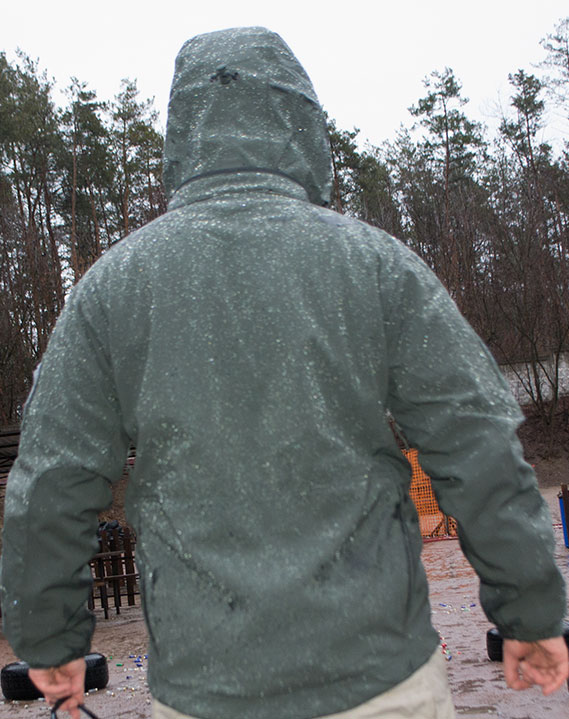
GETTING YOURSELF AND PROPERTY READY FOR A HURRICANE
Once you know a storm is headed your way, this is not the ideal time to begin preparations. You should expect seasonal storms and you should be preparing in the months and weeks leading up to the storm season. Trying to purchase supplies and materials within the hours before the disaster strikes can be an economic burden and it may mean you cannot get what you need because the stores have run out of supplies.
THE ESSENTIALS
Look to your home and do what you can to secure it by covering windows and in particular sliding glass doors. Flying glass and other debris causes the majority of injuries during disasters. Make sure outdoor furniture is secured or moved inside to prevent loss, and to keep it from flying into your home causing damage. Rising floodwaters can be gradual or in the case of Hurricane Sandy, homes can be underwater in a matter of minutes. Even if you relocated to the upper floors, your home may be swept off its foundation. Have emergency supplies packed in backpacks so they can be carried easily. That way if you do lose your home to floodwaters or you have to evacuate then you can erect temporary shelters. Make sure you know how to shut your main gas line off at the meter and that you have the proper tools.
1. Having tents and tarps for emergency shelter is important, along with propane heaters and camp stoves for heating food. Have at a minimum one week of food and fuel for heaters and cooking stoves. You cannot rely on natural gas supplied by your local utility company; you must have portable gas bottles of propane.
2. Your water supply can become contaminated or stop all together even if it is supplied by a water treatment plant and any surface water can be contaminated by seawater because of storm surges. You should have a week’s supply of drinking water and water for sponge baths and oral hygiene. One gallon per person daily will cover hydration needs as well as personal hygiene.
3. Use body wipes that are especially for bathing without water to conserve drinking water.
4. Use hand sanitizer because regardless of the situation, you will need to prevent the spread of harmful bacteria.
5. Matches, candles, flashlights and bottled gas/oil operated lanterns for illumination.
6. Battery operated radio.
7. Clothing, thermal blankets, work gloves and proper footwear to protect your feet from storm debris along with cold weather clothing if applicable. Once you realize a storm is coming, make sure everyone stays fully dressed in the event that you must evacuate in a hurry.
8. Have cash and change on hand because you will not be able to access ATM’s or banks.
9. Make sure all of your important documents are packed in a waterproof container and that you can carry the documents with you. You will need insurance paperwork, deeds, mortgage agreements and lease or rental agreements.
10. Make sure your car is fueled up and that you have extra fuel for generators stored safely.
11. Insect repellent and/or netting for controlling insects if applicable.
12. Personal hygiene items
13. Dust masks
14. You should have tools and materials to make emergency repairs to your home, such as tarps and sheets of plywood. Include shovels, rope, brooms, axes and sledgehammers for emergency extraction or rescue of others.
Make sure you visit the website to determine your storm surge risk. If flooding is likely, then you may very well want to evacuate early. Make sure you know where any emergency shelters are located and you know the evacuate routes out of your city or community. Once again, make sure your supplies are transportable by packing them in backpacks. This also makes it easier to keep the supplies close to prevent them from being washed away or damaged. You will need your emergency supplies whether you evacuate or go to a shelter. It may be days before disaster relief agencies are on the ground and distributing emergency supplies.
Read also: Preppers Must Have List

